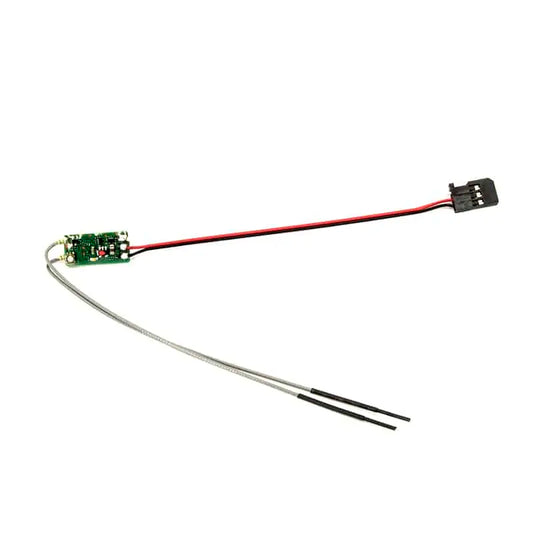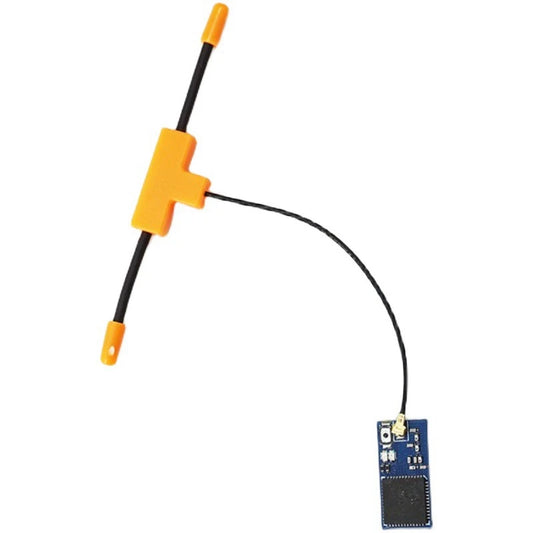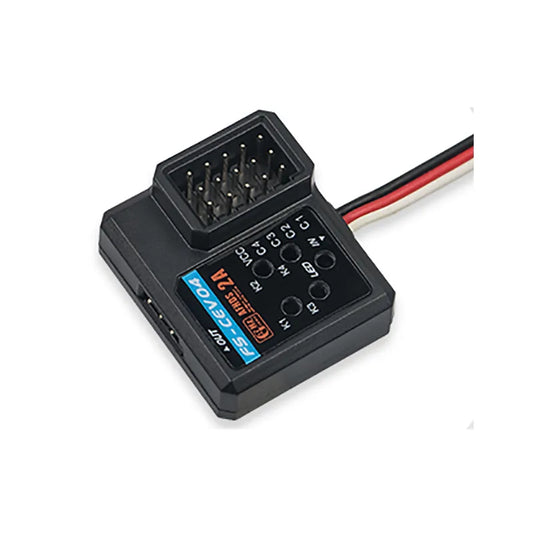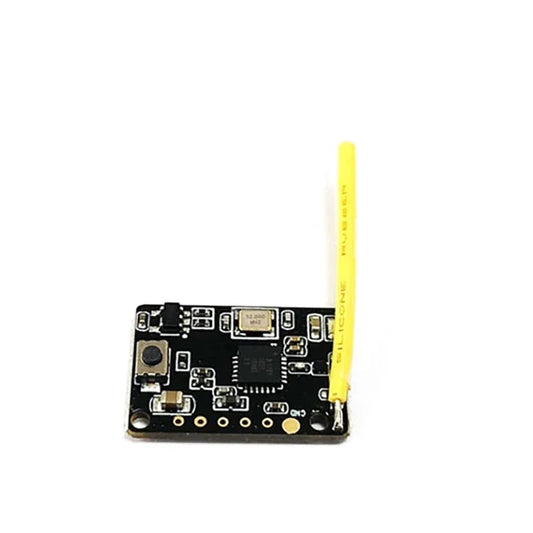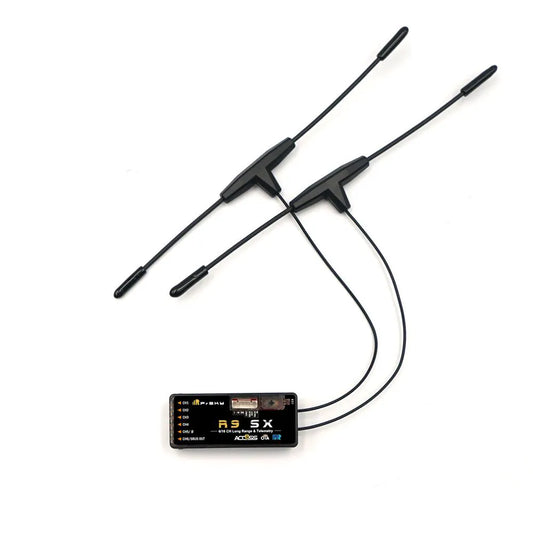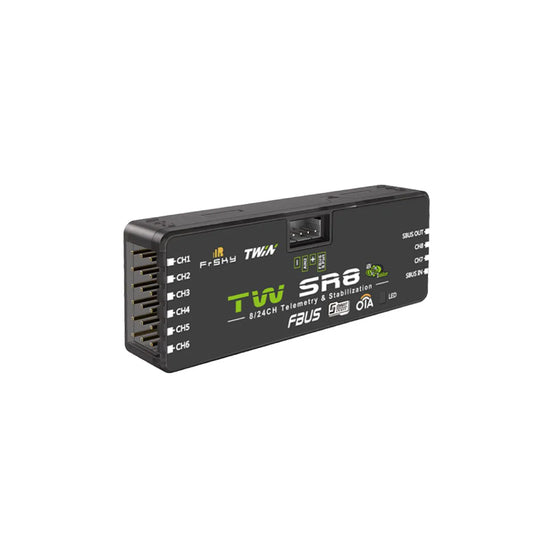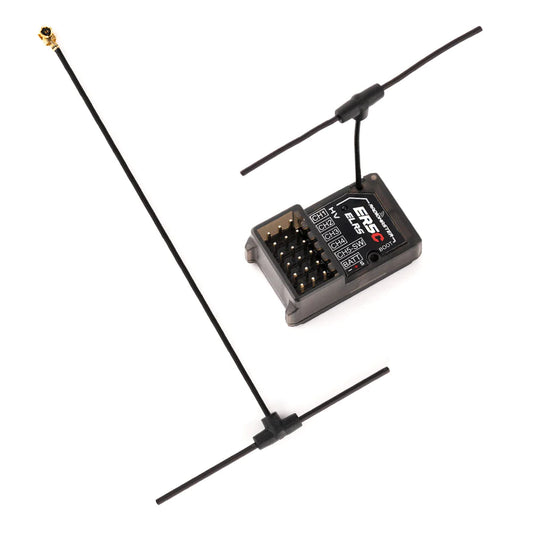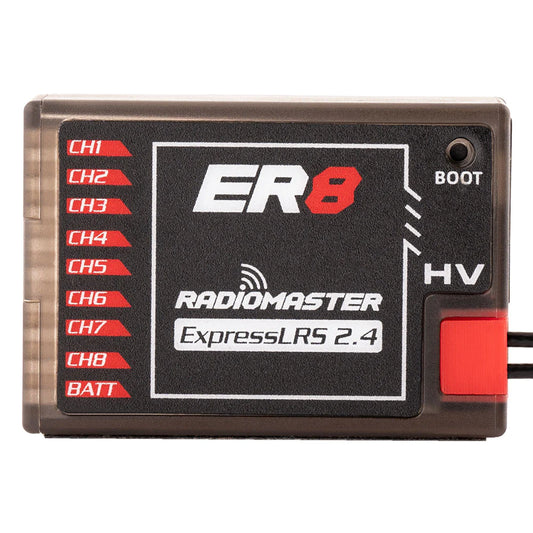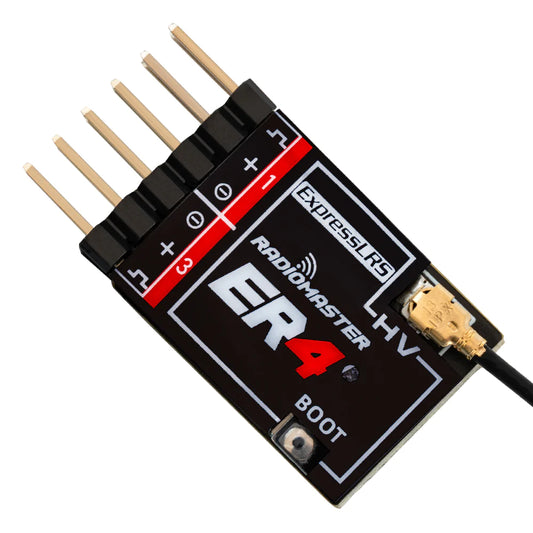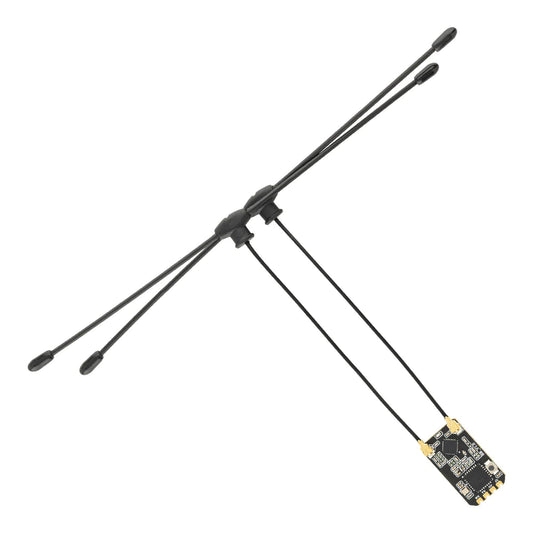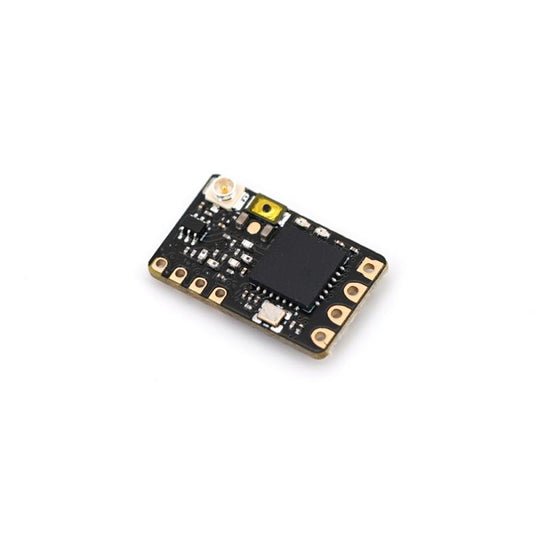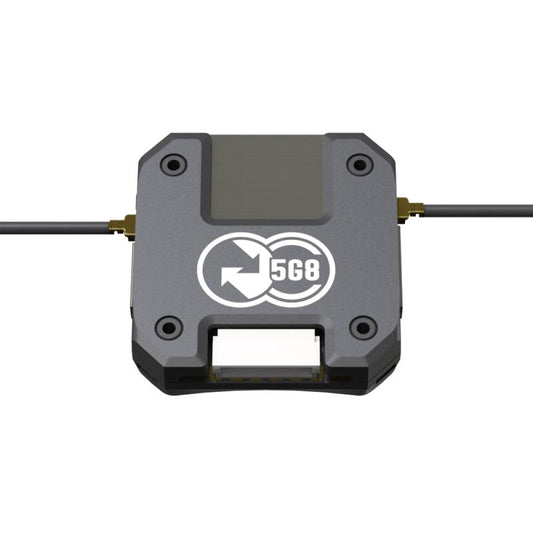-
RadioLink R9DS 2.4GHz 9/10CH SBUS&PWM Receiver with DSSS&FHSS and Telemetry Support
Regular price $25.00 USDRegular priceUnit price per -
RadioLink R12DS 2.4GHz 12CH Long Range Receiver PWM SBUS DSSS FHSS Telemetry for RC Plane Drone Car Boat
Regular price $35.00 USDRegular priceUnit price per -
GEPRC ELRS 915M/2.4G Gemini Xrossband Receiver for FPV Drone – Dual-Band, 100mW, 1000Hz, TCXO
Regular price $42.00 USDRegular priceUnit price per -
Futaba CIU-3 USB Interface for S.Bus/S.Bus2 Device Programming and Firmware Updates | Windows Compatible
Regular price $69.00 USDRegular priceUnit price per -
Futaba R3204SB 2.4GHz 4-Channel T-FHSS S.BUS2 Air Telemetry Receiver
Regular price $59.99 USDRegular priceUnit price per -
Futaba R404SBS / R404SBS-E F-4G T-FHSS 4-Channel 2.4GHz Telemetry Receiver For Surface Models
Regular price $109.00 USDRegular priceUnit price per -
Futaba R3106GF 2.4GHz 6-Channels T-FHSS High Voltage Mono Receiver
Regular price $50.29 USDRegular priceUnit price per -
iFlight ExpressLRS ELRS Diversity Receiver - ELRS 900MHz 500mW True Diversity RX / ELRS 2.4GHz 250mW True Diversity RX for FPV
Regular price $33.73 USDRegular priceUnit price per -
Futaba R7106SB - 2.4GHz 6 channel Fasst/Fasstest S.Bus2 S.Bus HV Receiver
Regular price $148.55 USDRegular priceUnit price per -
Futaba R7014SB 2.4GHz 14CH FASSTest/FASST Receiver
Regular price $299.00 USDRegular priceUnit price per -
Futaba R3008SB Receiver - T-FHSS Telemetry System 8-Channel + S.Bus Receiver For Aircraft Models
Regular price $100.00 USDRegular priceUnit price per -
Futaba R2000SBM - S-FHSS 2.4GHz S.Bus Port & RSSI Drone Racing Receiver
Regular price $49.00 USDRegular priceUnit price per -
Jumper R1 V2 Mini 2.4Ghz 16CH Receiver D16 Protocol SBUS Signal Tlite XT18S For RC Drone Durable Easy Install Easy To Use
Regular price $18.94 USDRegular priceUnit price per -
FLYSKY FS-CEV04 - four channel expansion module is suitable for FGr4 FGr4S FGr4P FGr4B FGr8B FGr12B receiver
Regular price $8.62 USDRegular priceUnit price per -
Flysky FS-GR3F 2.4G 3CH RC Receiver - For FS GT3B GT2 GT3C GT2B I6 T6 TH9X I10 With Failsafe
Regular price $16.34 USDRegular priceUnit price per -
FlySky FS-X6B 2.4G 6CH Receiver - 6CH PWM 8CH PPM 18CH I.BUS Receiver for FPV Racing Drone FS-i10 FS-i8 FS-I6X FS-i4 FS-i6 FS-i6S Transmitter
Regular price $9.57 USDRegular priceUnit price per -
FLYSKY FGr12B 2.4GHz 12CH Receiver - PWM PPM Ibus for AFHDS3 Transmitters RF Modules PL18/ NB4 /NB4 Lite RC Car Boat Vehicle Parts
Regular price $40.06 USDRegular priceUnit price per -
FlySky INr6-HS 2.4GHz 6CH Receiver - AFHDS 3 Built-in Height Sensor Compatible PL18 Radio for Glider Drone
Regular price From $42.74 USDRegular priceUnit price per -
Flysky FS-MiniZRF3 2.4G Mini Receiver - Compatible for Flysky Noble NB4 For Mini-z EVO RC Car
Regular price $43.92 USDRegular priceUnit price per -
FLYSKY FTR10 2.4Ghz 10CH receiver - is suitable for PL18 NB4 FRM301 FRM302 remote control
Regular price $46.95 USDRegular priceUnit price per -
FrSky RB25 - Triple Receiver Redundancy & Dual Power Input Supports External LED Indication
Regular price $110.00 USDRegular priceUnit price per -
FrSky R9 SX Receiver – Enhanced R9 Series ACCESS 868MHz / 915MHz OTA Long-Range Receivers
Regular price $50.00 USDRegular priceUnit price per -
FrSky RX8R PRO 2.4GHZ ACCST Receiver Including Redundancy
Regular price $70.00 USDRegular priceUnit price per -
FrSky ARCHER PLUS R6/R6FB Receiver - 6 high-precision PWM channel receivers
Regular price $50.00 USDRegular priceUnit price per -
FrSky ARCHER PLUS R12+ Receiver - 2.4GHz ACCESS / ACCST D16 12 Configurable Channel Ports PWM, SBUS, FBUS, S.Port
Regular price $89.00 USDRegular priceUnit price per -
FrSky TW R8 Dual 2.4G Receiver with 8CH Ports
Regular price $65.00 USDRegular priceUnit price per -
FrSky TW SR8 Receiver - TWIN Dual 2.4G Band ADV Stabilizer 8 PWM Channel Ports Long Control Range Drone Receiver
Regular price $99.98 USDRegular priceUnit price per -
RadioMaster R81 V2 Receiver - 2.4GHZ 8 Channel Sbus Receiver Compatible With D8, D16, SFHSS
Regular price $25.00 USDRegular priceUnit price per -
RadioMaster ER5C 2.4GHz 5Ch ELRS PWM Receiver - Supports 8.4V HV Servos Fit for Aircraft applications
Regular price $35.00 USDRegular priceUnit price per -
RadioMaster ER5A 2.4GHz 5Ch ELRS PWM Receiver - Support 8.4V HV Servos for Aircraft applications
Regular price $35.00 USDRegular priceUnit price per -
RadioMaster ER8 2.4GHz ELRS PWM Receiver - 100mw PWM Receiver Specially Designed For Fixed-wing Aircraft Airplane Drone With Dual Antenna
Regular price $49.00 USDRegular priceUnit price per -
RadioMaster ER4 2.4GHz ELRS PWM Receiver - Light Weight and Small Size Suitable for Small Aircraft,FPV Drone, RC Car, Boat
Regular price $23.99 USDRegular priceUnit price per -
RadioMaster Bandit BR3 ExpressLRS 915MHz Receiver
Regular price $35.00 USDRegular priceUnit price per -
TBS Crossfire Nano RX (SE) - FPV Long Range Drone Receiver
Regular price $49.00 USDRegular priceUnit price per -
TBS Crossfire Diversity Nano - Long Range Receiver for FPV Drone
Regular price $69.00 USDRegular priceUnit price per -
TBS Crossfire Sixty9
Regular price From $69.00 USDRegular priceUnit price per









![0 EassTest 57533] 9 FASSTest Av](http://rcdrone.top/cdn/shop/files/R7014SB_2.webp?v=1707642252&width=533)

